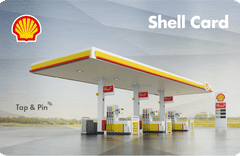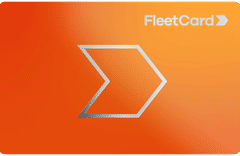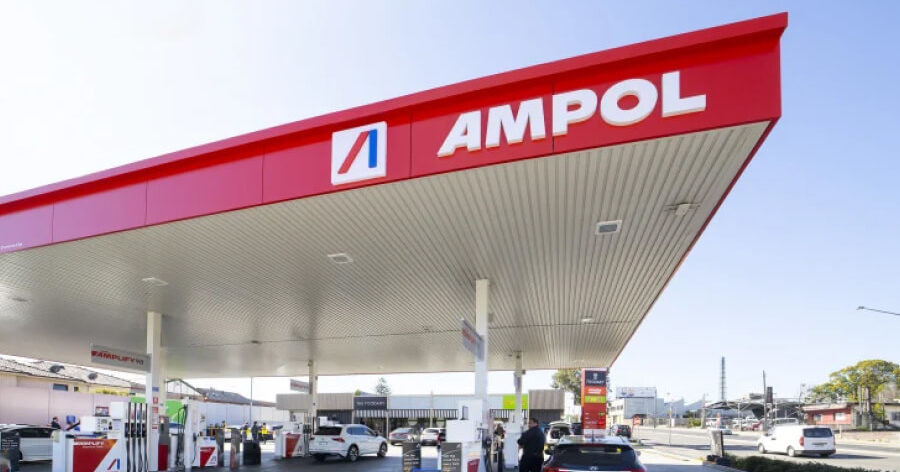Key points
Ampol is set to buy EG Australia’s 500-strong service station network for $1.1 billion, creating one of the largest fuel and convenience retail footprints in Australia.
As first reported by the AFR, the takeover will put Ampol on par with Viva Energy in scale and will affect where and how drivers use their fuel cards. The acquisition is expected to take two years to complete, with final integration targeted for mid-2026.
EG entered Australia in 2019 by acquiring Woolworths’ 540 stations for $1.73 billion. Since then, it has sold or closed some marginal sites. The sale to Ampol marks EG’s exit from the Australian fuel market.
What the Acquisition Means for Fuel Card Holders
EG sites already carry Ampol branding and are supplied with about 2.3 billion litres of fuel annually by Ampol. Once merged, the combined network will be one of the most widely accessible for Ampol cardholders, covering roughly 1,300 locations nationwide.
For multi-brand cards like FleetCard, the acquisition could further consolidate acceptance at major chains. FleetCard already works at over 6,200 sites, including BP, Viva Energy (Shell/Reddy Express), 7-Eleven, United, Metro, Woolworths, and Liberty, in addition to Ampol. The bigger Ampol network will make these cards more useful for drivers who need national coverage.
Single-brand cardholders may find fewer reasons to switch brands, but coverage gaps will remain for cards tied exclusively to competitors like BP or Viva Energy.
Australia’s Fuel Network in Transition
The Ampol-EG deal follows a series of large transactions reshaping Australia’s fuel market: Viva Energy’s acquisition of Coles Express, BP’s purchase of X Convenience, and Chevron’s rebranding of Puma sites to Caltex. These moves have reduced the number of independent operators and concentrated control among a few major players.
With fewer independents, price competition between brands could narrow. Loyalty programs and retail partnerships are likely to play a greater role in winning customers, while wide-acceptance fuel cards will become more valuable for both private motorists and fleets.
Convenience Retail and EV Charging on the Rise
Ampol plans to increase the share of earnings from convenience retail to about 65 per cent once the integration is complete. Service stations are shifting towards food, coffee, and convenience shopping to offset lower fuel volumes from more efficient cars, remote work, and growing EV uptake.
Ampol and BP are also investing in EV charging infrastructure, signalling that future fuel cards may evolve to include non-petrol payments.
The Takeaway for Drivers and Businesses
The Ampol-EG acquisition will expand Ampol’s national reach and cement its position as a top-tier network for fuel card acceptance. For drivers, this means more consistent coverage if they hold the right card.
Looking for the right fuel card for your business? Start here.





